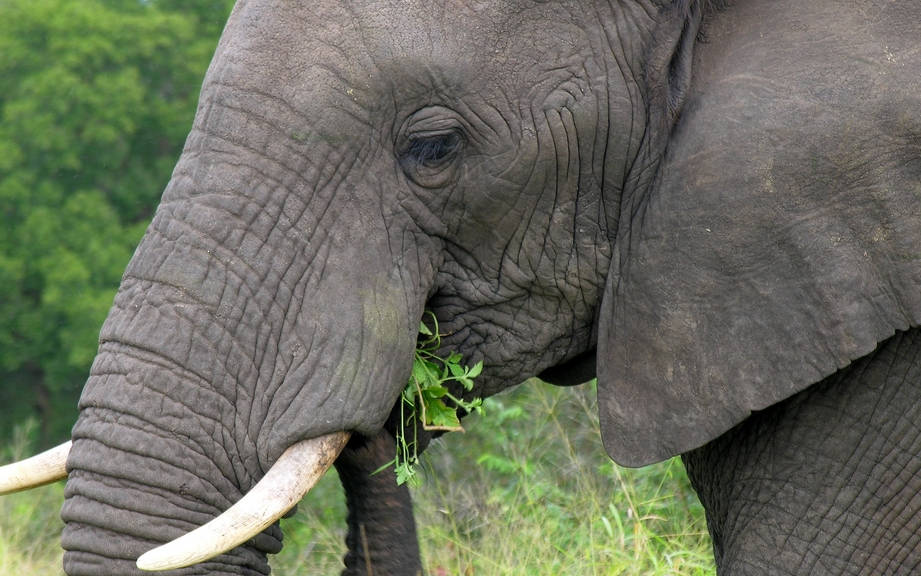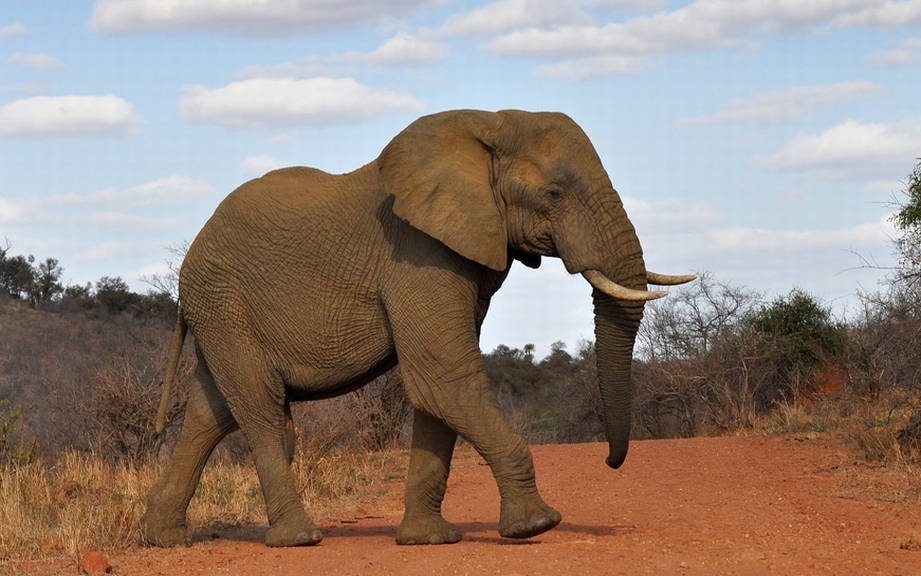Unveiling The Majesty: Discover The Elephant In Spanish
Have you ever wondered how to say "elephant" in Spanish? The word "elephant" carries a sense of grandeur and fascination, and translating it into another language only deepens our appreciation for these magnificent creatures. Whether you're a language enthusiast or simply curious about the world's largest land animal, this article dives deep into the Spanish term for elephant and explores its cultural significance. Join us as we embark on a journey to uncover the beauty of "elephant in Spanish."
The Spanish language, like many others, has its own unique way of expressing the grandeur of elephants. This majestic animal, known for its intelligence and strength, holds a special place in cultures around the world. In this article, we will explore the meaning of "elephant in Spanish," its origins, and the cultural importance it carries.
As we delve into the topic of "elephant in Spanish," you'll discover fascinating facts, linguistic nuances, and cultural insights that make this translation more than just a word. Let's begin our exploration of this captivating subject!
Read also:Amanda Lepore Age The Extraordinary Journey Of A Transgender Icon
Table of Contents
- The Spanish Word for Elephant
- Cultural Significance of Elephants in Spanish-Speaking Countries
- Etymology of the Word "Elephant" in Spanish
- Types of Elephants and Their Names in Spanish
- Conservation Efforts for Elephants in Spanish-Speaking Regions
- Symbolism of Elephants in Hispanic Cultures
- Elephants in Spanish Literature
- Elephants in Hispanic Art
- Interesting Facts About Elephants in Spanish
- Learning Spanish with Elephants
The Spanish Word for Elephant
In Spanish, the word for elephant is "elefante." This term is widely recognized and used across Spanish-speaking countries. The simplicity and elegance of the word reflect the majestic nature of the animal itself. Understanding "elefante" is not only essential for language learners but also for those interested in the cultural significance of elephants in Hispanic communities.
How to Pronounce "Elefante"
Pronouncing "elefante" correctly is crucial for effective communication. The word is pronounced as "eh-leh-fahn-teh." Each syllable is distinct, and the emphasis falls on the second-to-last syllable, following standard Spanish pronunciation rules. Practicing this pronunciation will enhance your ability to communicate effectively in Spanish.
Cultural Significance of Elephants in Spanish-Speaking Countries
Elephants hold a special place in the cultural fabric of many Spanish-speaking countries. From folklore to traditional celebrations, these animals are often depicted as symbols of wisdom, strength, and loyalty. In regions with strong ties to indigenous cultures, elephants are sometimes associated with mythical creatures that embody the essence of nature.
Elephants in Latin American Traditions
- In Mexico, elephants are occasionally featured in traditional art forms, symbolizing power and resilience.
- In Argentina, the image of an elephant is used in children's literature to teach moral values.
- In Spain, elephants have been part of historical narratives, often appearing in royal processions and medieval manuscripts.
Etymology of the Word "Elephant" in Spanish
The word "elefante" traces its roots back to the Latin term "elephantus," which itself derives from the Greek word "elephas." This linguistic journey highlights the historical connections between ancient civilizations and the Spanish language. Understanding the etymology of "elefante" provides insight into the rich tapestry of words that have shaped modern Spanish vocabulary.
Types of Elephants and Their Names in Spanish
There are three main species of elephants: African bush elephants, African forest elephants, and Asian elephants. In Spanish, these species are referred to as:
- African Bush Elephant: "Elefante africano de sabana"
- African Forest Elephant: "Elefante africano de bosque"
- Asian Elephant: "Elefante asiático"
Each species has unique characteristics that make them fascinating subjects of study and admiration.
Read also:Ynw Melly Birthday Celebrating The Life And Music Of A Rising Star
Characteristics of Each Species
Understanding the differences between these species enriches our appreciation for the diversity of elephants:
- African bush elephants are the largest land animals, known for their massive size and long tusks.
- African forest elephants are smaller and adapted to dense forest environments.
- Asian elephants have smaller ears and are often used in cultural and religious ceremonies.
Conservation Efforts for Elephants in Spanish-Speaking Regions
Conservation of elephants is a global concern, and Spanish-speaking countries are actively involved in protecting these magnificent creatures. Organizations such as the World Wildlife Fund (WWF) and local wildlife reserves are working tirelessly to combat poaching and habitat loss.
Key Conservation Initiatives
- Establishing protected areas to safeguard elephant habitats.
- Implementing anti-poaching laws and enforcement measures.
- Raising awareness through educational programs and community engagement.
These efforts are crucial for ensuring the survival of elephants for future generations.
Symbolism of Elephants in Hispanic Cultures
In Hispanic cultures, elephants are often seen as symbols of wisdom, strength, and loyalty. These qualities are celebrated in various forms of art, literature, and folklore. For example, in Mexican art, elephants are sometimes depicted alongside other mythical creatures, representing the harmony between nature and humanity.
Elephants in Religious Symbolism
In some Spanish-speaking countries with strong Catholic influences, elephants are occasionally used as symbols of faith and endurance. Their association with strength and perseverance aligns with religious teachings about resilience and devotion.
Elephants in Spanish Literature
Spanish literature has long been inspired by the grandeur of elephants. From classic novels to contemporary poetry, these animals have been featured in various literary works. One notable example is the poem "El Elefante" by Federico García Lorca, which captures the essence of an elephant's majesty through vivid imagery and emotive language.
Famous Literary References
- "El Elefante" by Federico García Lorca
- "Los Elefantes" by Antonio Machado
- "El Elefante y la Ballena" by Juan Ramón Jiménez
These works not only celebrate the beauty of elephants but also explore deeper themes of nature, humanity, and existence.
Elephants in Hispanic Art
In the realm of art, elephants have been a recurring theme in Hispanic cultures. From traditional paintings to modern sculptures, these animals are depicted in ways that highlight their strength and grace. Artists such as Salvador Dalí and Diego Rivera have incorporated elephants into their works, using them as symbols of power and imagination.
Notable Artworks Featuring Elephants
- "The Elephants" by Salvador Dalí
- "The Circus" by Diego Rivera
- "Elephant Parade" by Remedios Varo
These artworks showcase the diverse interpretations of elephants in Hispanic art, reflecting both cultural and personal perspectives.
Interesting Facts About Elephants in Spanish
Here are some fascinating facts about elephants that you may not know:
- Elephants have the largest brain of any land animal, weighing up to 5 kilograms.
- They can communicate over long distances using low-frequency sounds that humans cannot hear.
- Elephants are known for their strong social bonds and complex emotional lives.
- The Spanish word "elefante" is used in various idiomatic expressions, such as "tener memoria de elefante" (to have a memory like an elephant).
These facts underscore the incredible nature of elephants and their significance in both language and culture.
Learning Spanish with Elephants
For language learners, incorporating animals like elephants into your studies can make the process more engaging and enjoyable. By learning vocabulary related to "elefante," you can expand your knowledge of Spanish while deepening your appreciation for these magnificent creatures. Consider using flashcards, quizzes, and interactive exercises to reinforce your learning.
Practical Tips for Learning
- Practice using the word "elefante" in sentences to improve your fluency.
- Explore cultural references to elephants in Spanish media and literature.
- Engage in conversations with native speakers to enhance your understanding of the word's context.
By incorporating "elefante" into your language studies, you'll not only expand your vocabulary but also gain a deeper appreciation for the cultural richness of the Spanish language.
Kesimpulan
In conclusion, the word "elefante" in Spanish represents more than just a translation of "elephant." It embodies the cultural, linguistic, and symbolic significance of these majestic animals in Hispanic communities. From their etymological origins to their role in literature and art, elephants continue to captivate and inspire people around the world.
We invite you to explore further by leaving a comment, sharing this article, or delving into other fascinating topics on our website. Your engagement helps us continue to provide high-quality content that enriches your understanding of the world. Thank you for joining us on this journey to uncover the beauty of "elephant in Spanish."
For further reading, consider exploring resources such as the World Wildlife Fund (WWF) and academic publications on elephant conservation. Together, we can ensure that these magnificent creatures remain a cherished part of our global heritage.



